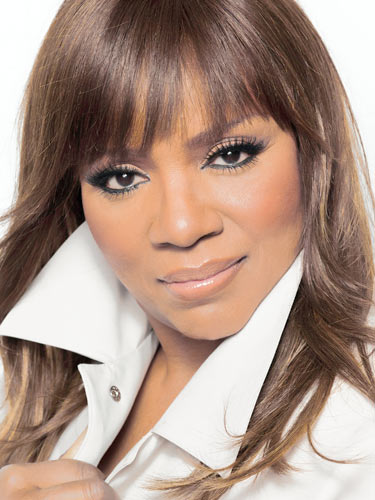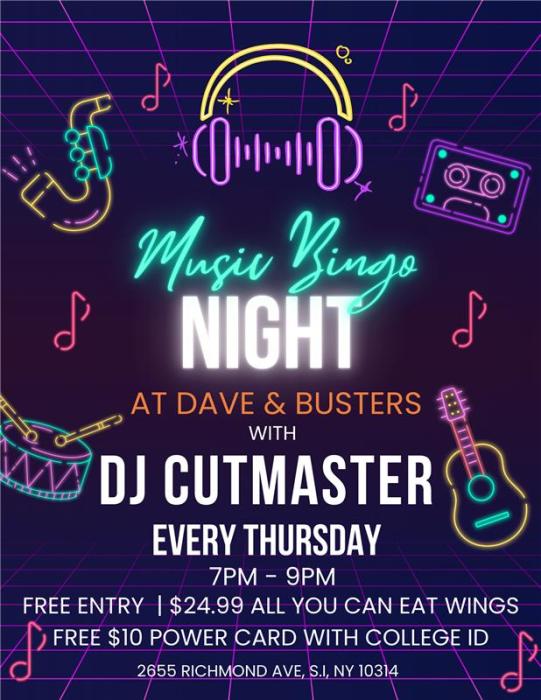Lehman Center for the Performing Arts celebrates its 31st season with the return of one the most important soul music groups of the past 40 years, The O’Jays, on Saturday, Jan. 14, 2012 at 8:00 p.m.
Still going strong, the O’Jays epitomized the Philly sound with their smooth, rich harmonies, elaborate arrangements, and a touch of contemporary funk. With 24 Top Ten hits, including “Love Train,” “Backstabbers,” “Use Ta Be My Girl” and “For the Love of Money,” they have earned 10 gold albums, with nine going platinum; 10 #1 hits; and induction into the Rock and Roll Hall of Fame in 2005.
Lehman Center for the Performing Arts is on the campus of Lehman College/CUNY at 250 Bedford Park Boulevard West, Bronx, N.Y. 10468.
Lehman Center is accessible by #4 or D train to Bedford Park Blvd. and is off the Saw Mill River Parkway and the Major Deegan Expressway. Low-cost on-site parking is available.
The O’Jays began in 1958 in Canton, OH, when five high school classmates, Eddie Levert, Walter Williams, William Powell, Bill Isles, and Bobby Massey, started a singing group after seeing Frankie Lymon and the Teenagers.
A regionally popular group in Cleveland (and named after local deejay Eddie O’Jay, who gave them airplay and career advice), the group was together for a decade before getting a major break by teaming with young songwriters/producers Kenny Gamble and Leon Huff.
A trio, after Isles and Massey quit, the group’s first album on Gamble & Huff’s Philadelphia International Records, 1972’s “Backstabbers,” became a landmark of Philly soul and made them stars. The title song made Top Five on the pop charts, and “Love Train” went all the way to #1, with both singles topping the R&B charts. It was the beginning of a remarkable union that produced nearly 30 chart singles during the ‘70s, plus a series of best-selling albums and numerous #1 R&B hits.
The O’Jays followed their breakthrough with another classic album, 1973’s “Ship Ahoy,” featuring one of their signature songs (and theme song of the NBC hit “The Apprentice”), the #1 R&B hit “For the Love of Money.” 1975’s Survival was another smash, spinning off the hit “Let Me Make Love to You” and the R&B #1 “Give the People What They Want.” For Family Reunion, the group incorporated the emerging disco sound with their own on their third Top Five pop charts hit, “I Love Music, Pt. 1.”
The O’Jays became Philadelphia International’s flagship artists during the label’s dominance of the ‘70s airwaves. Gamble & Huff’s best songs and most creative arrangements, combined with the contrasting sounds of the gruff, electrifying voice of Eddie Levert and the mellifluous tones of Walter Williams, produced some of the most intelligent, relevant albums of the decade.
In 1976, Sammy Strain, a 12-year veteran of Little Anthony and the Imperials, replaced a gravely ill William Powell. The new trio released 1977’s “Travelin’ at the Speed of Thought” and 1978’s “So Full of Love,” which included their final Top Five pop hit, “Use Ta Be My Girl.” Early ‘80s LPs such as “When Will I See You Again” and “Love and More” featured some of their best ballads. The O’Jays began writing more of their own material and adjusting to changes in popular Black music, ultimately leaving Gamble & Huff in 1987 for EMI.
In 1997, Levert, Williams and newest member Eric Grant released “Love You to Tears.” After a brief recording hiatus, the O’Jays signed with MCA and released 2001’s “For the Love” and received their fourth GRAMMY-nomination. In 2003, they appeared in the film “The Fighting Temptations” starring Cuba Gooding, Jr. and Beyoncé Knowles. 2004 saw the release of Imagination (Music World), whose title cut marked the O’Jay’s first collaboration with hit-makers Jimmy Jam/Terry Lewis.
The group’s most recent honors are a 2009 BET Lifetime Achievement Award and a 2011 Trumpet Lifetime Achievement Award.


























